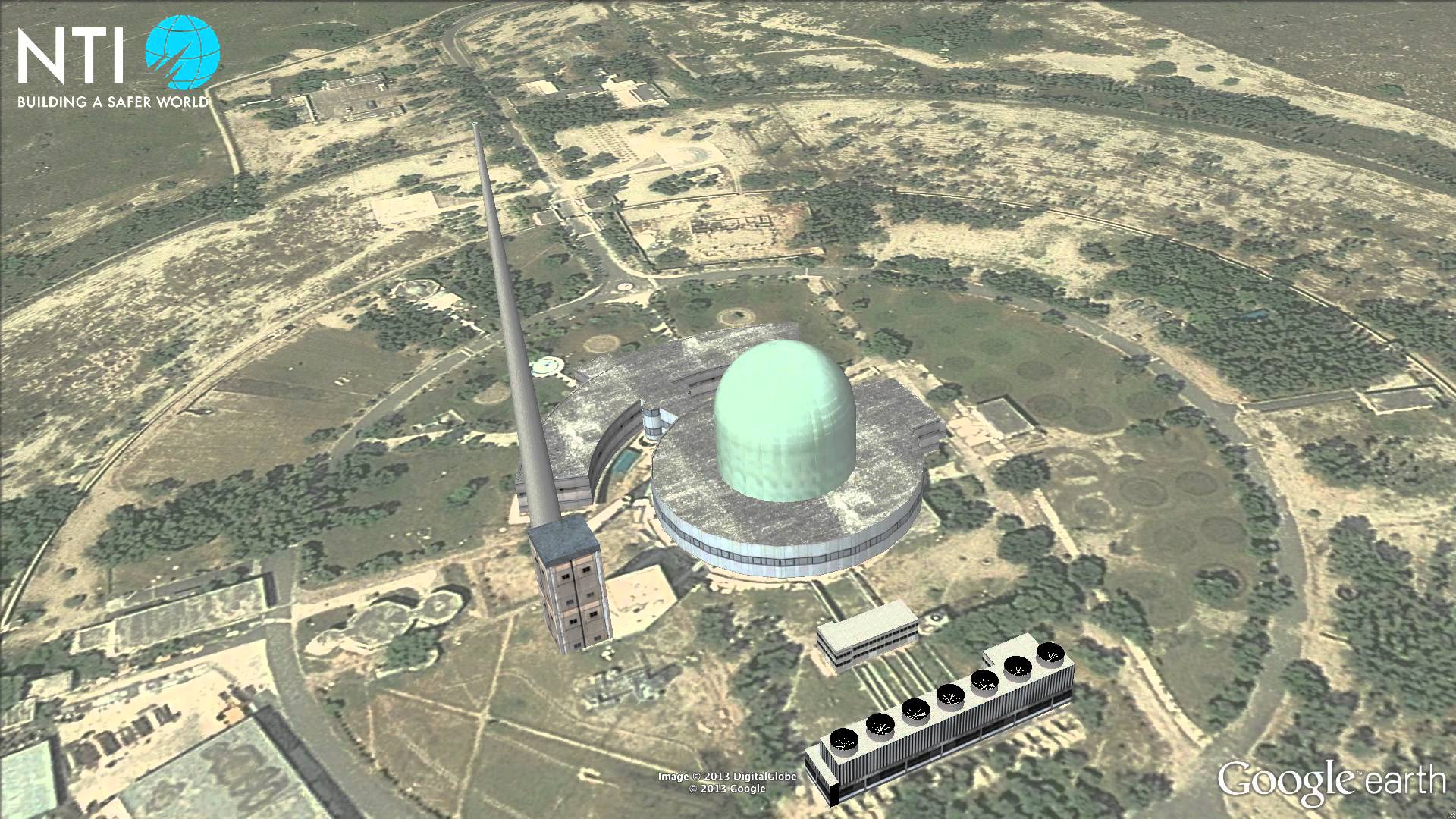Nuclear Weapons 153 - Pakistan Increasing Its Arsenal of Nuclear Warheads
I have blogged about the arms race between India and Pakistan. Both countries have nuclear warheads and advanced delivery systems. A new report has just been issued by two U.S. think tanks that claims Pakistan is building twenty nuclear warheads a year. Given current estimates of nuclear warheads in national arsenals around the world, this would mean that Pakistan could have the third largest stockpile of nuclear warheads within a decade. The Carnegie Endowment for International Peace and the Stimson Center say that Pakistan is racing ahead of India in a new chapter of their nuclear arms race.
Analysts have estimated that Pakistan has about one hundred and twenty nuclear warheads. India is estimated to have about one hundred. Pakistan has an advantage over India in the manufacture of low-yield nuclear warheads because it has a big stockpile of highly enriched uranium suitable for use in creating nuclear weapons. India does have a large stockpile of plutonium which it could use to create more nuclear warheads but it appears that India has opted to use the plutonium to fuel power reactor to alleviate its chronic shortage of electricity. Pakistan has used plutonium to build warheads and the Pakistanis have recently added a fourth plutonium production reactor at its Khushab Nuclear Complex.
According to the new report, if Pakistan is, in fact, building twenty warheads a year, that would mean that in ten years they would add two hundred warheads to their arsenal giving them a total of three hundred and twenty. Only the U.S. and Russia currently have more nuclear warheads. France has about three hundred warheads, the U.K. has about two hundred and fifteen warheads and China has around two hundred and fifty. The report states that, "The growth path of Pakistan’s nuclear arsenal, enabled by existing infrastructure, goes well beyond the assurances of credible minimal deterrence provided by Pakistani officials and analysts after testing nuclear devices."
It has not been easy for analysts to get an accurate count of Pakistan's nuclear weapons capability. Some Pakistani sources have disputed the new report's claim that Pakistan is going to use all its fissile materials for the manufacture of nuclear warheads in the coming years. Mansoor Ahmed, a nuclear expert at the Quaid-i-Azam University in Islamabad, says that it is unlikely that Pakistan will construct more than forty or fifty new warheads in the coming years. He does admit that the Pakistani military is working on expanding its nuclear capabilities.
Ahmed said that, "This report is overblown," and that, "...what the world must understand is that nuclear weapons are part of Pakistan’s belief system. It’s a culture that has been built up over the years because [nuclear weapons] have provided a credible deterrence against external aggression."
India and Pakistan have fought three wars since they became nuclear armed nations in 1998. India has said that it will not strike an enemy first with nuclear weapons but Pakistan has not made a similar pledge. Since India has a larger army than Pakistan, Pakistan has said that it might use nuclear weapons against ground troops. India has nuclear weapons as a matter of prestige but Pakistan has a different attitude and has expressed a willingness to use nuclear weapons in a conflict.
In view of the projections that it would only take the detonation of about one hundred nuclear warheads to trigger a nuclear winter which would bring down human civilization, both India and Pakistan have sufficient warheads to destroy the world. In addition, with the way that prevailing winds shift around the neighboring nations, if either attacked the other with nuclear weapons, the attacker would be eating its own fallout within months. A nuclear war between India and Pakistan would be suicidal and could destroy human civilization. Hopefully, they can work out a way to live in peace.
Khushab Nuclear Complex:
